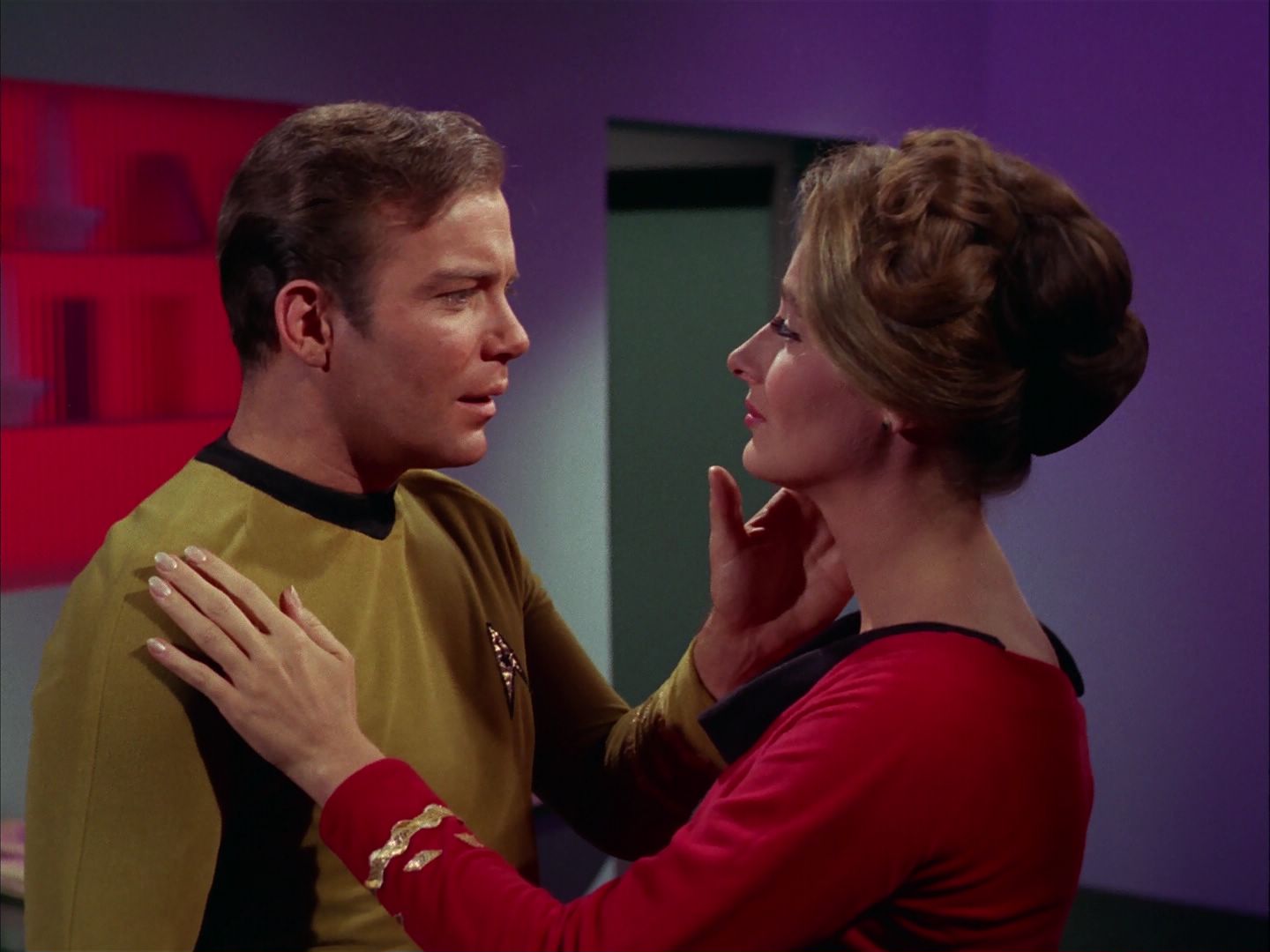Cognition is universal, we all feel aware and sentient, and through our senses and our perception of the world around us, our brain is able to gather knowledge and further our consciousness and information. But how is this concept portrayed in media? Our mind has forever and always been an evolving question mark that we are trying to solve, and through the years our media has tried to solve and understand cognition.
Futurama is actually a show I am familiar with, actually, more than familiar, quite in love with in fact, and its episode The Day the Earth Stood Stupid” (A spoof off the movie The Day The Earth Stood Still, which was a terrible movie, by the way, do not recommend, at least the 2008 version) tackles this question of cognition and how it plays a role in our lives. Floating brains shut off all consciousness of the people on earth, and thusly everyone becomes stupid and loses all function. Here we first see this interesting symbiotic relationship between the brain and the body. Cognition cannot occur without outside includes from our perceptions but the perceptions are useless unless our brains are there to process them, and vice versa. Without one there cannot be the other and here we see this breakdown in communication. Their bodies were still able to feel, see, taste, hear and smell but their brains weren’t actually processing or breaking down the information to add to their cognition and therefore it did not occur at all.
Now for the much more sciencey sci-fi. Futuramas is a comedy after all and we all know we humans live for the drama and action. And may I say nothing on this watch list was as dramatic as the Altered Carbon episode Out Of The Past. Here we see another interesting correlation between the mind and body. In the episode, all humans after the age of 1 have a cortical stack that stores all of a human’s memory and consciousness on it, and if undamaged/backed up onto a storage device, people’s consciousness can essentially be placed into a new body. In this example, although there is still this massive connection between the brain and body for creating said human cognition, the body is put at a lower value than the brain. In a world where your body is disposable and replaceable the mind has all the value. This idea happens back to old-fashioned psychological ideas placed forth by Plato that the soul/mind is imprisoned within the body and that the body also is worth less than the mind. The body is more of a vessel and animalistic than the brian which is human and the primary source of consciousness. Now does the show still present the body as an important part of our cognition? Yes absolutely, but it still makes this dual-way cognition seem extremely one-sided (As if the body and mind were grouped together in a group project and the mind did the majority of the work and the body scribbled his name on top of the paper with a crayon). The mind is the handyman while the body is a tool.
And who doesn’t love a bit of old Sci-Fi, I sure do. I must admit though I had never watched Star Trek before so this was a great excuse too. Return To Tomorrow has a shocking similar premiss as Futurama. Quite frankly it is extremely fascinating to see two different shows tackling the same topic, even though they are decades apart from one another. We see in this episode that a consciousness called Sargon is in a sphere after the death of his entire species drove him to place his cognition into an orb. He is a being of pure energy and no matter, purely the mind part of cognition. And just like the Futurama episode, there is this breakdown of communication for their cognition. They are able to manipulate things around them but they are still missing a vital piece of this puzzle, a body. Without one they are stuck like a brain in a vat, not really a being anymore, not really human. The cognition that they do retain is from when they were humans when they were able to have a perfectly functional system of equal parts body and brain.
The idea of cognition is actually surprisingly tackled quite frequently in the media. I suppose it’s from our human-filled desire to understand everything but still not fully understanding ourselves. And regardless of what Sci-Fi of the past, present, or future presents to us, cognition is an equal players game between the body and mind.






















